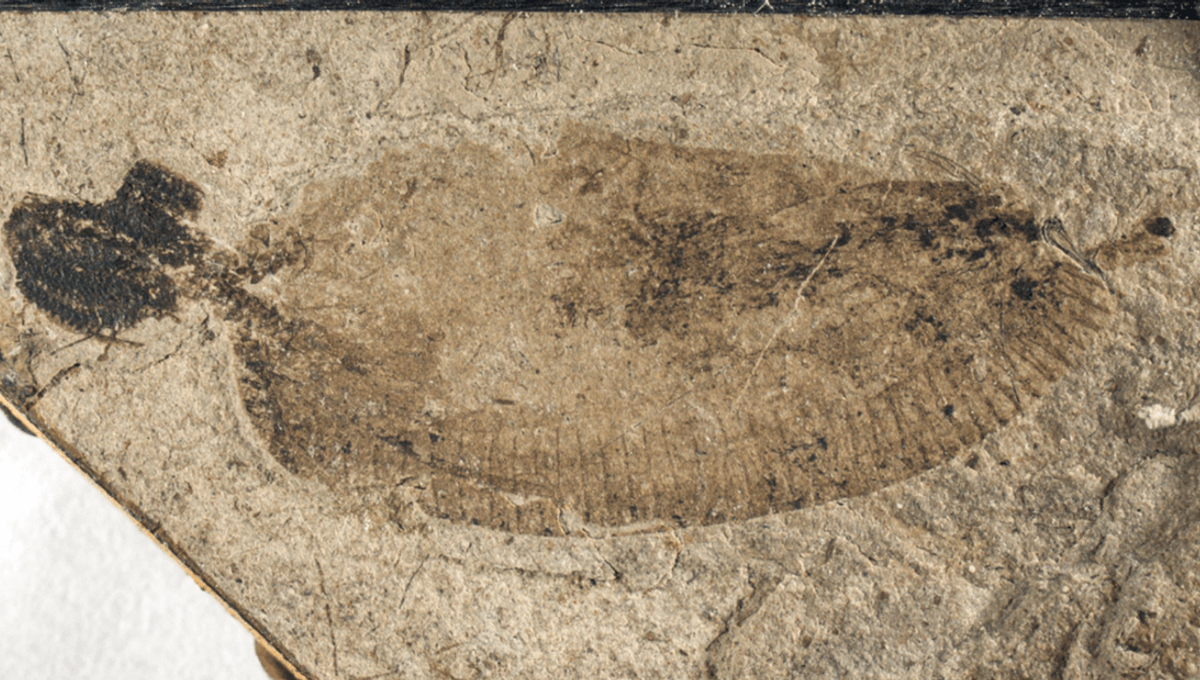
Say hello to Juracanthocephalus daohugouensis, a parasite that lived way back in the Jurassic, but one that’s been scrambling the brains of modern-day scientists. It’s an award-worthy fossil in many ways, being the oldest-known specimen of a thorny-headed worm and a new-to-science species, but perhaps most impressive of all is how it was found: on its own.
Thorny-headed worms are a kind of parasite that still exists today, but this particular specimen dates back 165 million years. We’ve never found one of these kind of parasites that old before, and typically the parasites we have found are inside some kind of host. This one has bucked that trend by instead being remarkably well preserved on the bed of a Jurassic volcanic lake.
This one certainly threw us at first (by possessing jaws!)
Professor Edmund Jarzembowski
A free-roaming parasite, if you please, and one that study co-author Professor Edmund Jarzembowski said threw the team through a loop.
“So far, a truly unique find,” said Jarzembowski to IFLScience. “Soft-bodied worms are so rarely preserved, especially parasites that have a cryptic lifestyle, and this one certainly threw us at first (by possessing jaws!).”
The fossil parasite is pretty big as worms go, says Jarzembowski, and raises a few interesting questions. It had jaws, so does that mean that – unlike thorny-headed worms alive today – it had a functional gut? We also know the worm is male, so what did the females look like? And – perhaps most pressing of all – could a big parasite like this one have called the digestive system of a dinosaur home?
The fossil evidence suggests dinosaurs had at least small parasitesur quote goes here
Professor Edmund Jarzembowski
“The fossil evidence suggests dinosaurs had at least small parasites,” said Jarzembowski. “Thorny-headed worms can be found in birds and crocodiles today, which are related to dinosaurs, so why not big parasites too?”
Yes, even dinosaurs, big and scary as they were, had deal with the tedium of parasites. We know that tapeworms have been upsetting stomachs for at least 99 million years, as demonstrated by a tentacle trapped in amber that became the first body fossil of a tapeworm ever discovered. That one threw its own kind of spanner in the works because rather than being in guts, like you’d expect, it was preserved stuck in tree resin.
How did it get there? The authors suggested that the host for the parasite, probably some kind of shark or ray, might have gotten stranded on a sandy shoreline after strong winds or tidal surges. If it was then predated upon, the parasite could have been ripped out of its intestine and effectively flung onto the tree. I guess a suitably undignified end for a parasite that’s famous for hanging out of the butts of today’s macropredators.
Many questions still to be answered when it comes to what was lurking in the guts of dinosaurs, then, but for now Jarzembowski is switching his focus to zombie fungi and social exclusion in the age of the dinosaurs. Oh, to be a scientist.
The study is published in the journal Nature.
Source Link: 165-Million-Year-Old Fossil Is New Species Of Ancient Parasite. Did It Come From A Dinosaur’s Butt?